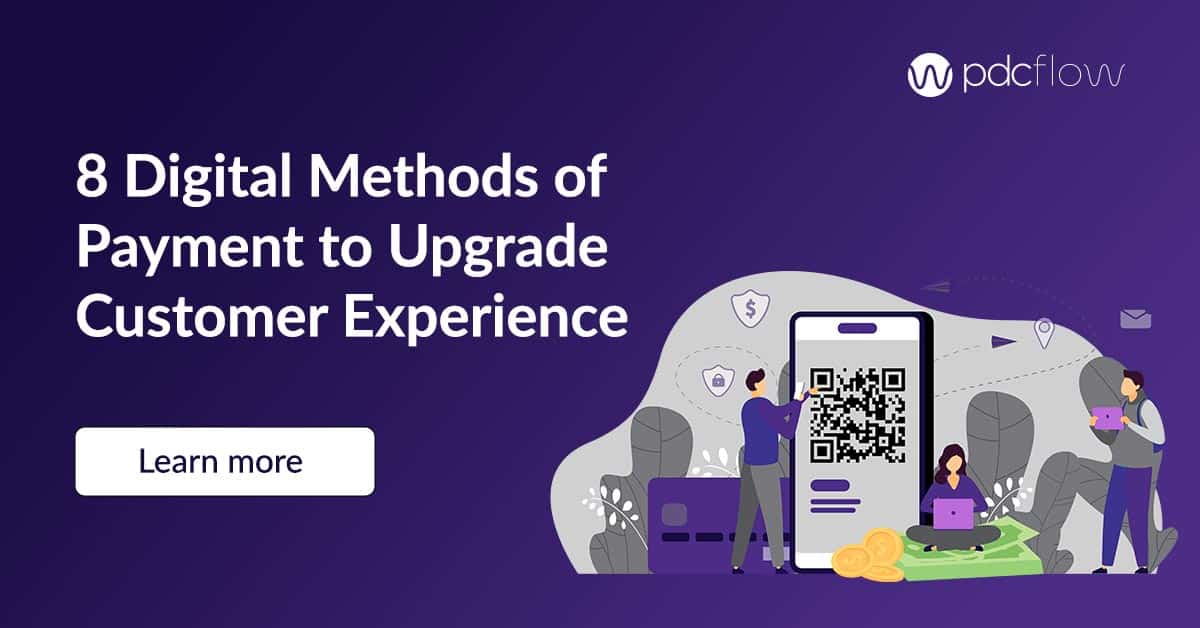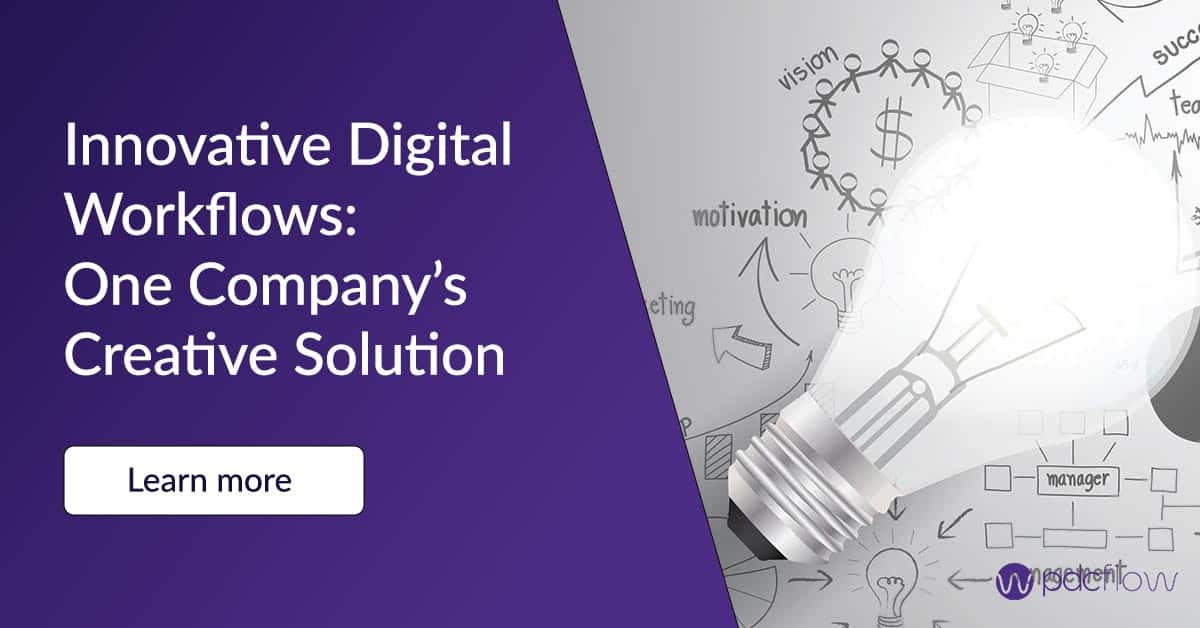Interactive Voice Response payments (IVR payments) are a common choice for companies that want to speed up payments and reduce staff workloads.
Freeing up employees from menial tasks is the fastest way to optimize your office but is there a better way than IVR?
Companies often turn to their IVR systems as a way to take payments over the phone but using a secure IVR payment system:
- Can be more expensive than other phone assisted payment options
- Creates a bad customer experience
- Relies on customers to initiate inbound payments
Digital payment technology is better than it has ever been before. Why rely on an expensive IVR payment solution when other secure payment processing options can do a better job?
What is IVR?
IVR (Interactive Voice Response) technology is an automated phone system used to direct customers to resources on a phone call. The point of these systems is to automate some of the work of taking inbound calls.
Typically, IVR is seen as a way to reduce manual work for staff. If companies use IVR, they don’t need a receptionist or a department of live call center payment processing agents to spend their whole day taking payments.
It’s useful for general information and call routing, but relying too heavily on an IVR payment system can hurt your revenue cycle and cash flow.
How Does an IVR Payment Work?
A voice response phone system lets customers choose from a menu of options using either their voice or a dial pad, then directs them to the appropriate department or action.
Most companies use IVR technology to direct customers to departments like customer service, billing, sales, or other relevant areas of the business.
For an IVR payment, customers call into the system and follow the prompts to make a payment. Customers enter payment details on a dial pad or by reading the payment information out loud.
IVR and Payment Compliance
Companies have an obligation to keep customer payment data safe. This is true whether customers use a phone system, an online payment page, or even an in-person terminal.
Any time your company takes a payment (whether it’s via credit card, debit card, eCheck or another payment method) it’s essential to understand and follow payment regulations.
Payment Card Industry (PCI) compliance, Nacha, and Regulation E are just some of the types of compliance to follow.
The Problem With IVR Payments
IVR payments are a better option than expecting people to call during office hours but that doesn’t mean they’re the preferred choice.
Here are some of the most common problems with relying on IVR payment processing as your main self-serve payment option:
Unpopular
IVR payment solutions are really unpopular with customers. People expect easy, modern ways to pay their bills. This means getting payment messages through email or text message, or being able to pay online.
IVR systems are often a pain to navigate. They don’t always recognize what the customer is saying, causing high levels of stress and frustration.
Staff members often find themselves taking calls from unhappy customers who couldn’t get through the IVR process.
Exclusively Inbound
Companies see higher rates of payment and faster payment cycles when they take a proactive approach. Sending digital requests through email and text makes it easier and faster for customers to pay.
Waiting for an IVR payment slows down the process, and takes away any control your company has over your revenue cycle.
Often Abandoned
IVR payments can easily be abandoned. Because employees can’t stay on the line during payment, it’s common for customers to get frustrated with the payment process and give up.
Can Be Expensive
IVR systems may not be affordable for smaller companies. Many solutions charge between $20 and $150 per user and cost extra for training, data storage and encryption, reporting, and other features.
Factor in typical payment processing costs on top of these add-ons, and IVR payments become much more expensive than alternative channels.
Hard to Shop For
Shopping for IVR solutions can be complicated because they are all different. When choosing an IVR system for payment processing, you must clarify with the vendor whether they offer comprehensive merchant services or if they will need to coordinate with a separate merchant service provider.
Why PDCflow is Better Than an IVR Payment
IVR payments are a common way companies like to take advantage of an all-in-one system but email and text payments through PDCflow are faster, easier, and more convenient for everyone.
PDCflow’s online payments and Flow Technology are simpler ways for customers to pay and give them more choice over their payment options.
Our payment processing software is also more versatile for companies. You can direct customers to many different payment channels.
PDCflow Compared to IVR Payment Processing
PDCflow
IVR Payments
Can pay several ways through any internet connected device (even in person):
- Text on mobile phone
- Email link
- Internet-connected terminal (like at a reception desk or on a showroom floor)
- Online payment portal
- Web chat
- QR code on a statement
Faster payments:
- Text and email requests make it fast to open a message and pay in minutes.
- QR codes allow customers to access their payment page directly from a paper statement.
- Can pay by phone while still speaking to an agent, instead of transferring the call.
Can do more than just payments with PDCflow:
- eSignatures
- Photos
- Secure document delivery
Often, customers can only do more than payments by navigating an IVR tree multiple times.
Can’t take signatures over the phone.
Reduces costs:
- Cheaper than mailing statements and paying for IVR system.
- Low-cost software that does more (takes esignatures and payments together, offers online portal for another way to pay).
Can be expensive:
- Need a separate digital signature tool.
- Must pay for payment processing on top of all IVR add-ons.
Easier to navigate than an IVR directory:
- With Flow, you are clearly directed to take the desired action (sign a contract, make a payment).
- With a payment page, our tokenized data can populate on web pages to make paying even easier.
Harder to navigate:
- With IVR, you need to go through prompts just to get to the payment.
Fast implementation:
- Set up is fast and easy for your entire team.
- Personalized training from our Customer Success Team.
For customers who like to pay by phone
With PDCflow, customers can still make a secure payment by phone using Flow Technology.
Send an email or text message to a customer who calls in (or send the payment link through a web chat). Customers can pay while still on the call.
Staff are there to make sure payments go through and customers keep payment data safe by entering details themselves. No more need to read a card number or bank details out loud.
This practice satisfies PCI and other compliance requirements while providing a better customer experience.
For customers who like to self-serve
Customers that don’t like using the phone can also pay online, scan a QR code, or opt in for email or text payment requests.
Unlike using an IVR payment system, PDCflow offers several channels for customers to self-serve.
For customers who need help from an agent
IVR doesn’t create a good customer experience for people who need help. If someone wants to talk to an employee about their bill or have another question about payment, they will be connected to a staff member.
But when it’s time to pay, they’re sent off to use an automated system. With Flow, you can keep people on the call during a transaction for better customer support.
For companies that need to take more than a payment
For companies that need to send lots of payment requests at once
IVR payments rely on inbound traffic but companies that send digital requests receive a higher volume of paid bills in a short period of time. Sending messages in bulk is a more efficient, cost effective way to get paid.
Are you interested in adding convenient, preferred payment channels for your customers? Request a demo with a PDCflow payment expert to learn what our software can do for your business.





